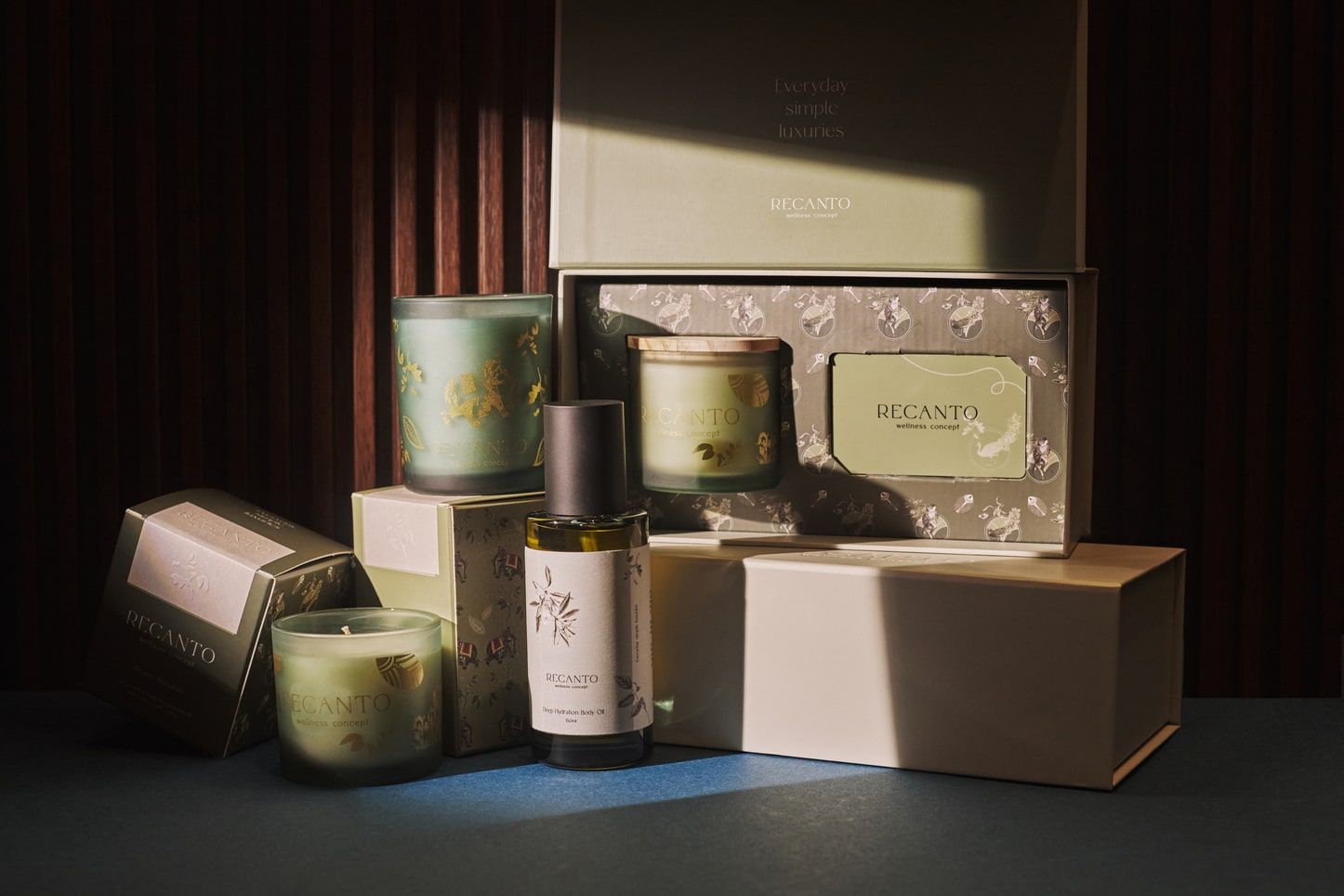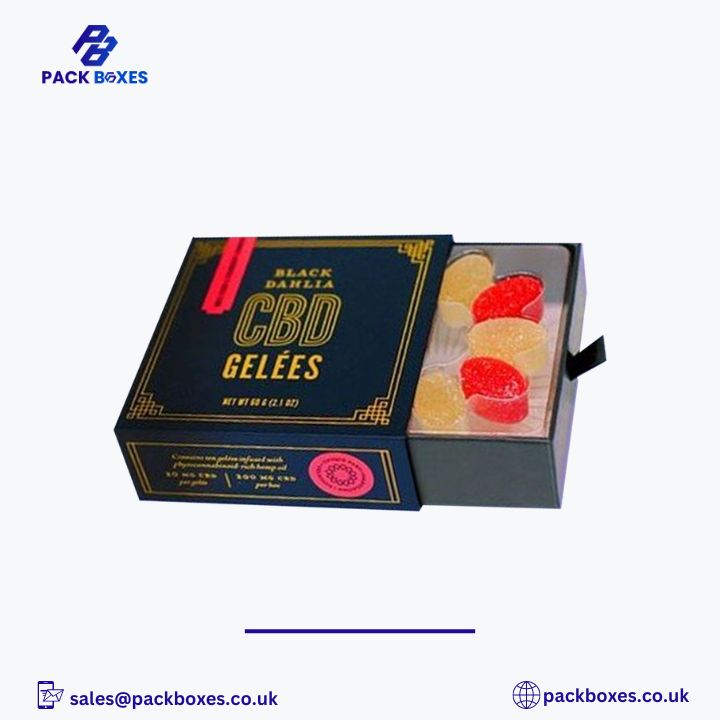Plastic packaging is everywhere, from grocery items to skincare products. While it serves a functional purpose, many consumers find certain types of plastic packaging frustrating. Whether it’s difficult-to-open blister packs, excessive plastic wraps, or rigid clamshell containers, this type of packaging often leads to frustration and waste. In this article, we will explore the different types of annoying plastic packaging, their impact, and how businesses can transition to sustainable alternatives like custom packaging for skincare products.
Common Annoying Plastic Packaging Types
1. Clamshell Packaging
One of the most frustrating types of plastic packaging is the clamshell. This rigid, transparent plastic is commonly used for electronics, tools, and even custom packaging for skincare products. The problem with clamshells is that they are tough to open, often requiring scissors or a knife, which increases the risk of injury.
2. Blister Packs
Blister packs consist of a molded plastic front and a cardboard backing, commonly seen in pharmaceuticals and small consumer goods. The issue? They can be challenging to peel open without damaging the product inside.
3. Shrink Wrap
Shrink wrap is another common culprit. While it protects products from tampering and contamination, it often requires excessive effort to remove. Customers frequently struggle with layers of plastic that seem to be glued together.
4. Polystyrene Foam Packaging
Also known as Styrofoam, this type of packaging is frustrating because it breaks into small, static-charged pieces that stick to everything. It’s also not biodegradable, making it a significant environmental hazard.
5. Vacuum-Sealed Packaging
Used for food products and custom packaging for skincare products, vacuum-sealed plastic can be frustrating because it sticks tightly to the product. While it helps with preservation, opening it can be a struggle.
The Environmental Impact of Annoying Plastic Packaging
Plastic waste is one of the most pressing environmental concerns. Many forms of annoying plastic packaging are single-use, contributing to pollution and harming marine life. The UK alone generates over 2.2 million tonnes of plastic packaging waste annually, making it crucial for businesses to seek alternatives.
Sustainable Alternatives to Annoying Plastic Packaging
As consumers become more environmentally conscious, brands are shifting toward sustainable packaging solutions. Here are some alternatives that companies, particularly in the skincare industry, can adopt:
1. Biodegradable Packaging
Biodegradable materials break down naturally over time, reducing environmental impact. For example, bamboo, cornstarch-based plastics, and paper-based alternatives are excellent choices.
2. Recyclable Packaging
Instead of using mixed-material packaging that is difficult to recycle, businesses can opt for fully recyclable materials like glass, aluminum, and certain types of cardboard.
3. Refillable Packaging
Refillable packaging is gaining popularity in the UK skincare industry. Brands offer durable containers that customers can refill, reducing waste and encouraging brand loyalty.
4. Minimalist Packaging
Excessive plastic layers are a common frustration. By designing minimalist packaging that uses less material, brands can enhance user experience while reducing waste.
The Role of Custom Packaging For Skincare Products
Skincare brands need to balance aesthetics, protection, and sustainability when designing packaging. Custom packaging for skincare products offers a tailored approach that considers:
- Material Selection: Choosing sustainable, biodegradable, or recyclable materials.
- User Experience: Ensuring that packaging is easy to open and use.
- Brand Identity: Enhancing the product’s visual appeal while maintaining eco-conscious principles.
- Durability: Protecting the product without excessive waste.
Frequently Asked Questions (FAQs)
1. What is the most annoying type of plastic packaging?
Clamshell packaging and shrink wrap are among the most frustrating due to their difficulty in opening.
2. Why is plastic packaging still widely used?
Plastic is lightweight, durable, and cost-effective, making it a popular choice despite environmental concerns.
3. How can businesses reduce annoying plastic packaging?
By using biodegradable, recyclable, and refillable materials, businesses can create more sustainable packaging solutions.
4. What are some eco-friendly alternatives to plastic packaging?
Paper-based materials, glass containers, and cornstarch-based plastics are excellent sustainable options.
5. Why is sustainable packaging important for skincare products?
Skincare packaging often contains chemicals that can interact with plastic, making sustainable options safer and more appealing to eco-conscious consumers.
6. Are biodegradable plastics truly environmentally friendly?
Yes, but only if they break down completely without leaving harmful residues. Some biodegradable plastics still require specific conditions for decomposition.
7. What role does government regulation play in plastic packaging?
Governments worldwide, including the UK, are enforcing stricter regulations on single-use plastics to reduce waste and encourage sustainable practices.
8. How does custom packaging benefit skincare brands?
It allows brands to align their packaging with sustainability goals, enhance customer experience, and differentiate themselves from competitors.
9. Can consumers recycle all plastic packaging?
No, some plastics are non-recyclable due to their composition. Checking local recycling guidelines is essential.
10. How can consumers encourage brands to use less plastic?
By supporting brands that prioritize sustainable packaging, providing feedback, and participating in recycling programs, consumers can drive change.
Conclusion
Annoying plastic packaging is a widespread issue that frustrates consumers and harms the environment. By transitioning to custom packaging for skincare products that is eco-friendly, businesses can improve customer satisfaction and reduce their ecological footprint. The UK market is gradually shifting toward sustainable alternatives, and brands that embrace this change will stand out in an increasingly competitive industry. Choosing sustainable packaging is not just a trend—it’s a necessity for the future of the planet.







